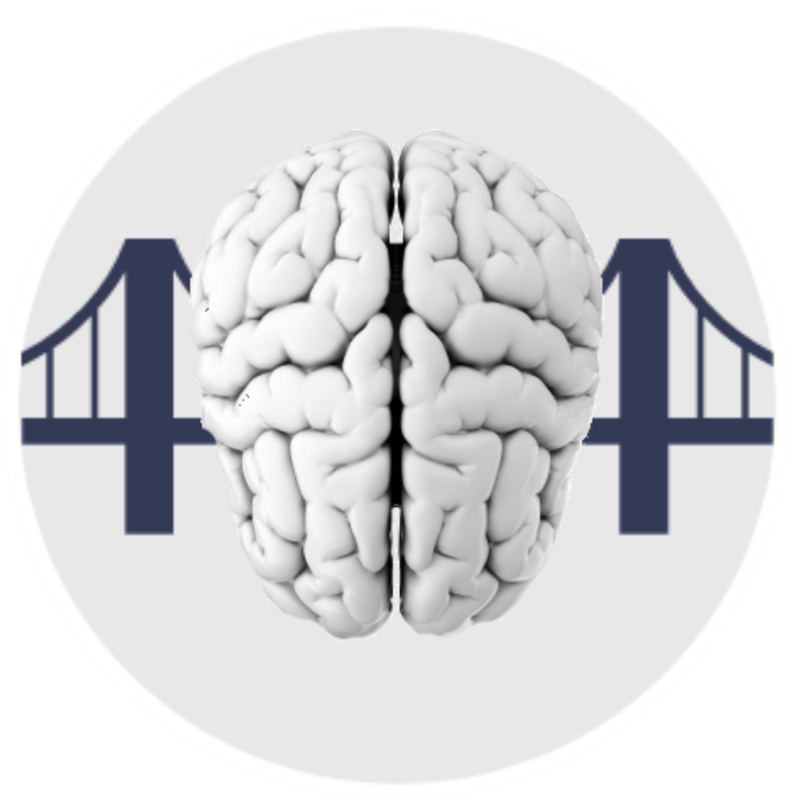Brain Bites
What is True About Brain-Based Learning?
by Janet Zadina on 11/15/23
Are you perpetuating neuromyths in your practices? Faculty can’t afford to waste valuable learning time engaging in practices based on old myths about learning. See for yourself how the brain actually learns and the essential difference between thinking and real learning. Discover the most important factor in learning. Find out which part of the brain is still developing and how you can help students create a better brain for better learning and better life. Leave with credible strategies based on current neuroscience. Come prepared to laugh, engage, and participate in experiential activities.
This makes for a fun and exciting keynote as the audience is amazed to discover that some of what they believe are myths. It can continue with credible neuroscience-based strategies.


